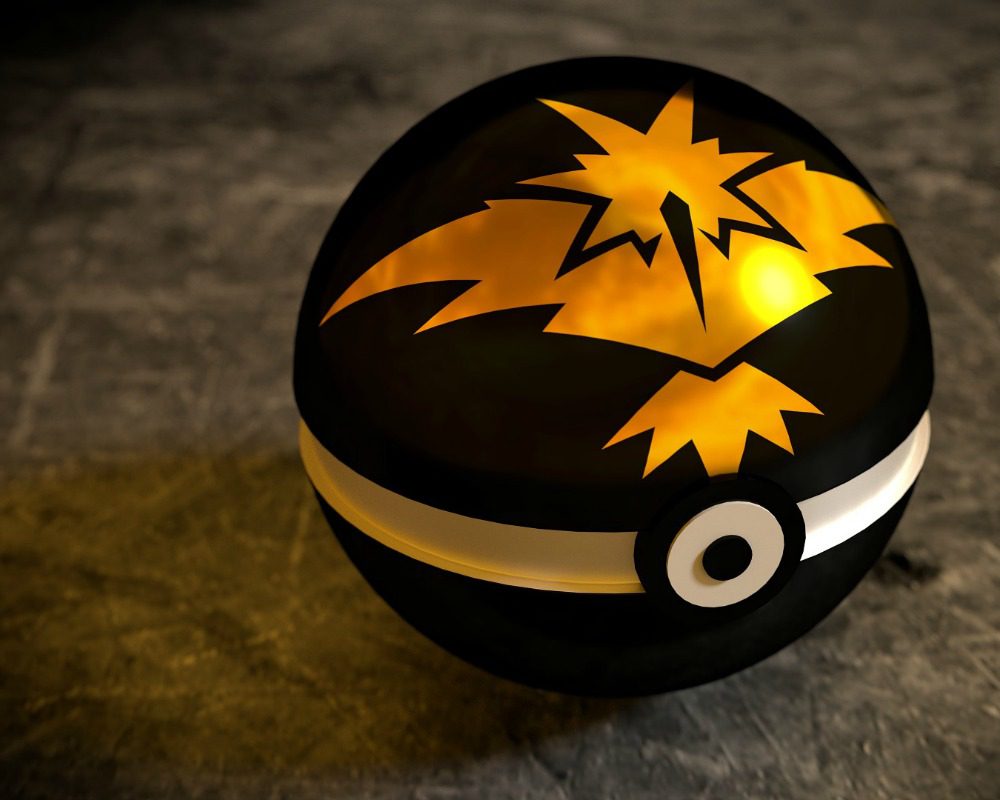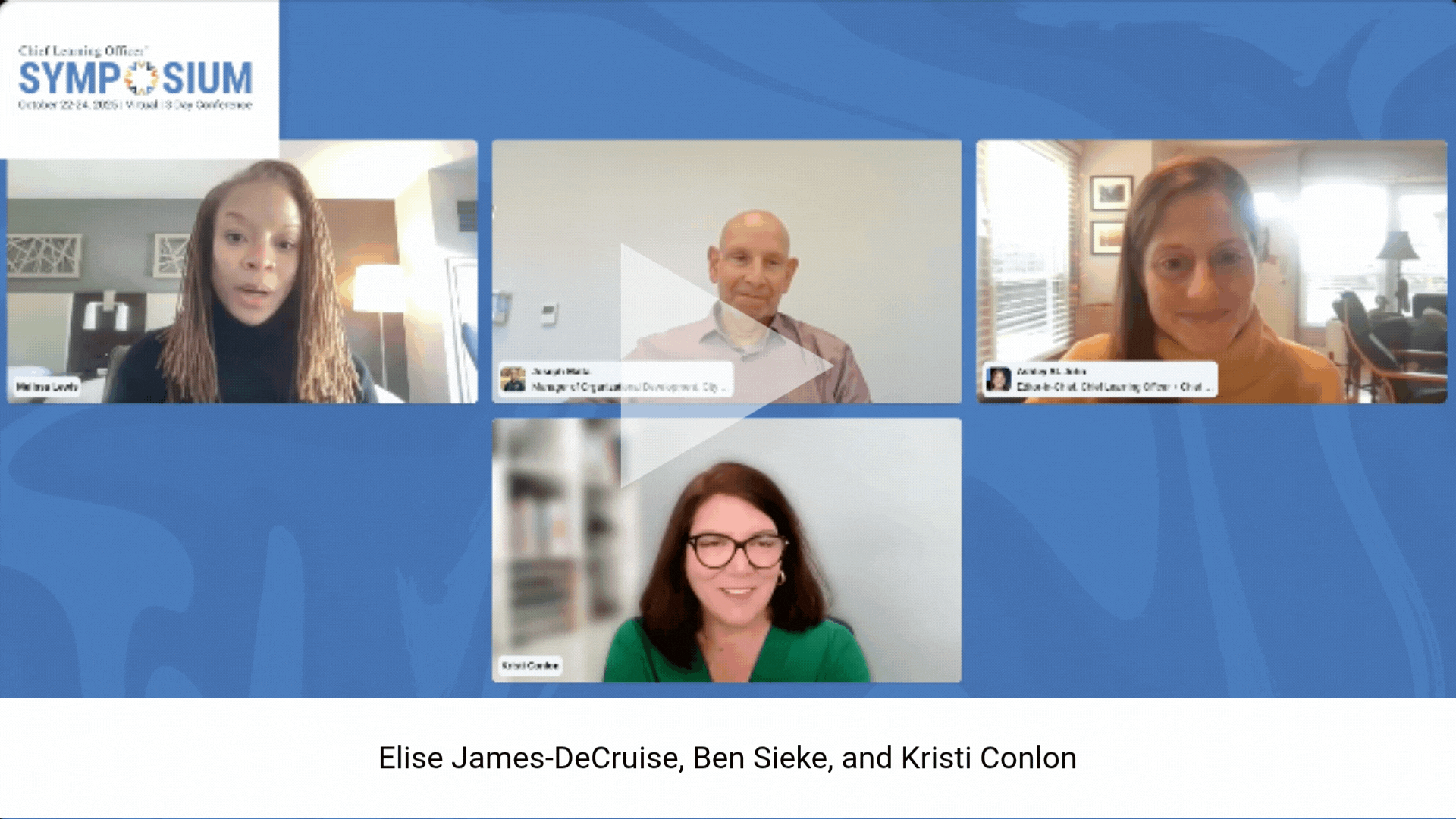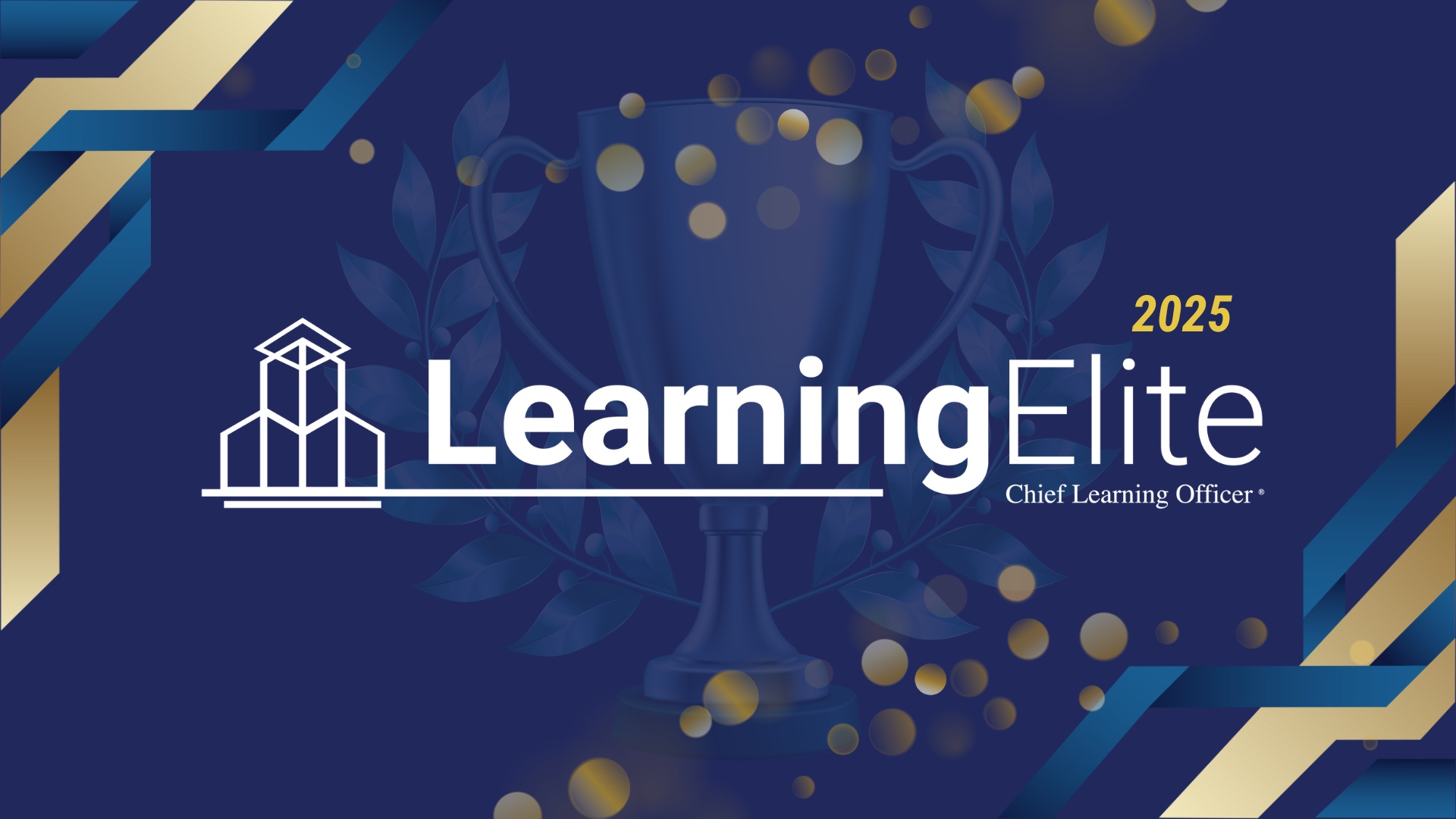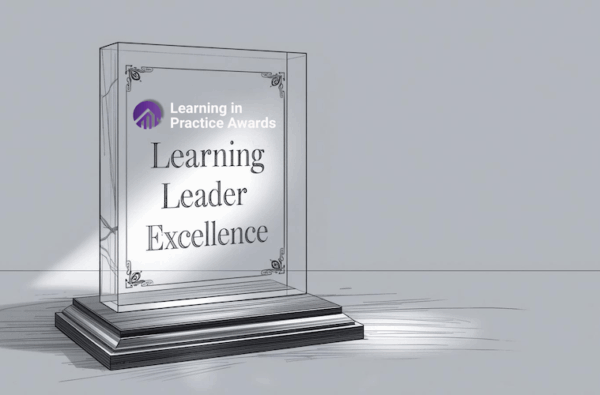
If you found yourself hunting around the office park for a Rattata or Pidgey recently, you’re in good company. A whopping 40 million people downloaded “Pokémon GO” within weeks of its release.
The monster seeking game acquired more active users than Twitter in its first week, with players spending more time on the game than on Facebook. A Forbes survey found that more than two-thirds of employees were playing “Pokémon GO” at work a week after launch.
When was the last time two-thirds of your employees enthusiastically took part in a training program in its first week? This brilliant use of geo-location-based virtual and augmented reality gaming offers intriguing insights into the future of learning.
“Pokémon GO” uses all the traditional game tropes of leveling up and player scores. But, the game changer — excuse the pun — of “Pokémon GO” is the way it melds the real and digital worlds. The game uses the phone’s camera and GPS in entirely new ways. Players walk for miles to find the monsters and the “gyms” where they can be trained. When a monster is near, the player can turn on the smartphone camera and see the animated character overlaid on a desk or the sidewalk. It’s a crude form of “augmented reality,” or AR, which is a lens that superimposes digital graphics over the world around you.
When the camera is not turned on, the game is more of a geo-based virtual reality experience. “It’s more VR than AR, insofar as it’s largely a virtual world that we simply navigate with real world coordinates,” said Jon Brouchoud, CEO of Arch Virtual.
Besides being both virtual and augmented reality, “Pokémon GO” is a true social experience. It’s not your typical social game where people sit secluded in a basement and text chat, share high-scoring lists, or fight each other. Instead, people actually meet face-to-face out in the real world. They run into each other on the street. They share tips about where to find other Pokémon. There’s no competitive scarcity. Everyone can capture the same Pokémon.
All of which begs the question: How can you create such a compelling training experience in your workplace?
While developing your own “Pokémon GO”-style game requires a multimillion-dollar budget, AR learning experiences are feasible for most learning organizations, and they’ve already proven their effectiveness. Boeing found that trainees using an AR app on a tablet to assemble a mock aircraft performed 30 percent faster and 90 percent more accurately than control groups who were taught with more traditional approaches.
But the real potential with AR is to project it right in front of your eyes without having to hold up a phone or tablet. Microsoft’s HoloLens, Google’s Tango, and Magic Leap are some of the AR headset technologies expected to hit the consumer market in just three years. Imagine looking through glasses along with your colleagues to see a 3D holographic data visualization appear on the conference table. Or consider how instructions for complex tasks performed out in the field could be unobtrusively superimposed via augmented reality glasses.
Blended learning takes on a whole new mearing when a team can play a business simulation on a 3D game board superimposed in front of them. A mentor could guide a technician remotely through a product installation or repair. All of which might render computer screens, phones, tablets and watches obsolete. No wonder all the digital media giants — Google, Microsoft, Samsung and Facebook — are spending billions on this market.
Meanwhile, AR’s cousin, virtual reality, is already here. Virtual reality can transport learners to any environment imaginable. It could be a wrap-around 360-degree video scene or a fully interactive computer-generated space that feels almost real. The intense and convincing sense of presence in virtual reality is unrivaled by any other technology. You can simulate tasks that are too dangerous, expensive or inconvenient to practice in real life. The learning applications span anything from emergency response to soft skills. There’s more money being invested in AR and VR right now than was spent in mobile at a similar point. It’s expected to be a 100 to 200 billion-dollar market in just a few years.
The “Pokémon GO” phenomenon has given the world a taste of AR and VR. Your learners will now be comfortable with the new technologies, and your CEO will be asking how you’re using them to drive performance improvements. Smart CLO’s will lead their learning organizations from the front to this brave new world of learning.
Anders Gronstedt is president of the Gronstedt Group, a custom learning development company. To comment, email editor@clomedia.com.
















